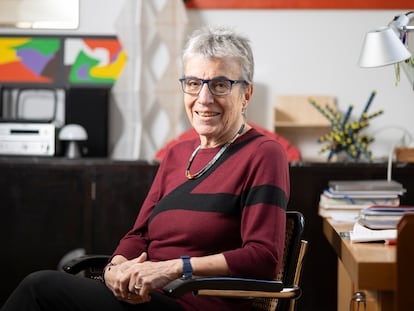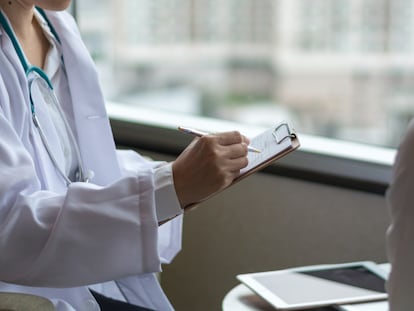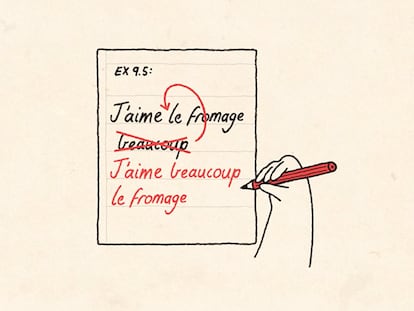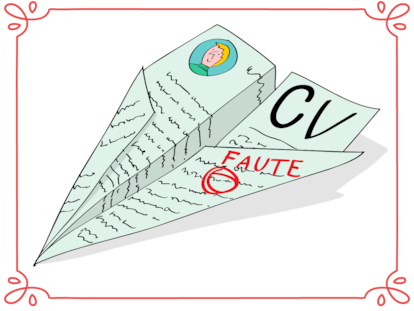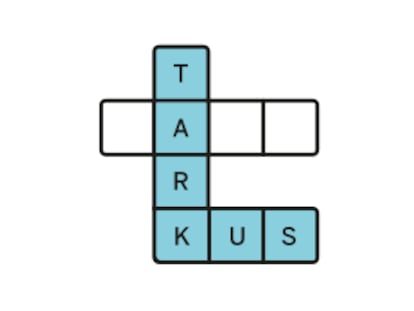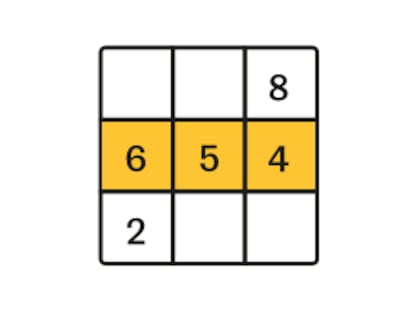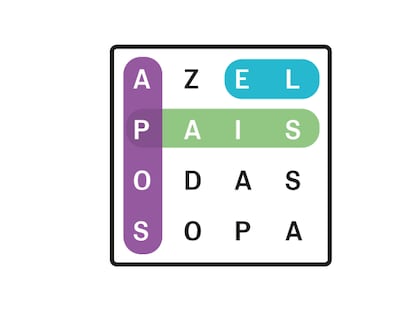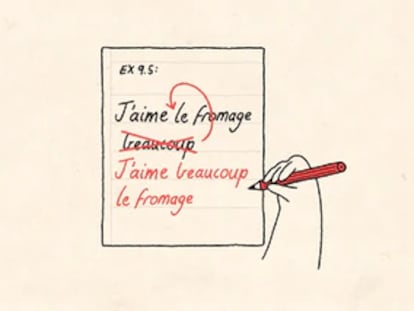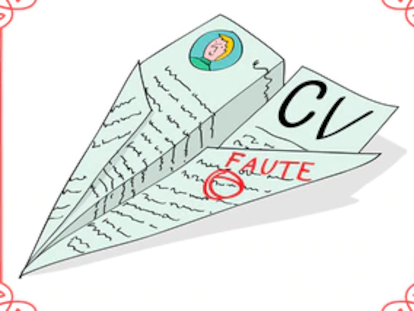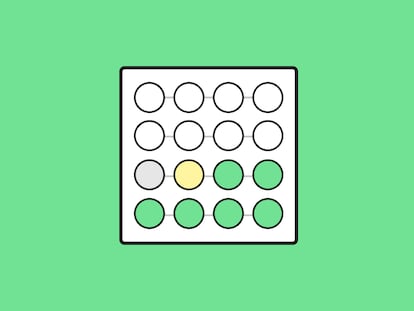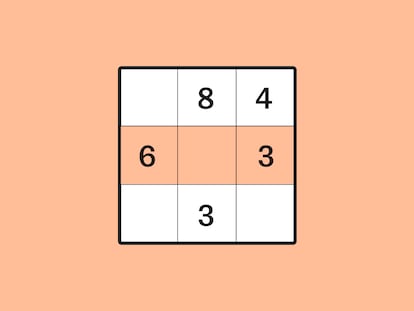Hormone pellets, the ‘miracle’ anti-aging treatment under scrutiny
In a society increasingly reluctant to accept aging, scientific therapies aimed at combating it have found a growing market

Growing old feels bad, but it’s not considered a disease. That’s why there is a huge market for those selling remedies to counteract the effects of time. These remedies are offered in a regulatory gray area, where both conventional medicine and healer’s elixirs coexist, and the requirements are not as strict as those for traditional drugs.
One such treatment is hormone pellets — small cylinders filled with hormones that are implanted under the skin. Over several months, they gradually release estrogen or testosterone to offset age-related declines, which are linked to reduced energy, diminished sexual desire, and fat gain. While some users — primarily women but also men — report feeling rejuvenated, their effectiveness remains difficult to assess because there are no specific studies that their measure impact or follow patients long-term.
Like many treatments and tests that have a scientific basis but are not always sufficiently supported by research, hormone pellets are offered in private clinics, often in firms specializing in cosmetic procedures. These establishments — often using grandiose names like “youth chip” or “sex chip”— provide bioidentical hormones alongside facial and body rejuvenation treatments, buttock augmentations, and blepharoplasty for dark circles. Bioidentical hormones are derived from plants and chemically identical to those produced by the body. But while sometimes marketed as natural, they are not without risks, much like conventional hormone therapies.
“They are not drugs in the strict sense; they are not approved by regulatory agencies; they are compounded medications,” explains Silvia P. González, a gynecologist and president-elect of the Spanish Association for the Study of Menopause. “The doctor tells the pharmacist what is needed for a specific patient, and the pharmacist prepares the compound medication, as is done in other specialties, as if someone needs a cream,” she continues. “What scientific societies advocate is that if we have medications with proven safety, efficacy, and quality, we should use those drugs, not these preparations.”
The Spanish Agency for Medicines and Medical Devices (AEMPS) recently ordered the withdrawal of all hormone pellet production and suspended manufacturing at two pharmacies in Valencia’s province — one in Adzaneta de Albaida and the other in Tavernes de la Valldigna.
According to Manuel Ibarra, head of the AEMPS, inspections at these facilities found “the production process for these pellets was flawed due to two main problems: microbiological quality, which didn’t ensure sterility, and the pharmaceutical formulation, which didn’t guarantee a controlled, gradual release of hormones.”
“We know that if the hormone is released suddenly, it can cause medical problems, such as vaginal bleeding,” Ibarra explains.
Santiago Palacios, director of a private women’s health clinic, acknowledges that while the concept of creating hormone pellets as a compounded medication may have made sense initially, he now believes they should be “regulated like other drugs and produced in a laboratory with all safety requirements.”
He also warns that the idea of hormone pellets being customized for each patient has been distorted. “At first, it was thought that with the compounded medication, the dose was adapted for each patient, but that’s not the case, because they’re all the same. If a pharmacy makes 200 compounded medications of the same thing, that’s no longer a compound medication,” he points out.
In the last century, Menopausal Hormone Therapy (MHT) was marketed as an elixir of youth, promising relief from menopausal symptoms like hot flashes and prevention of chronic diseases — similar to the claims made by the hormone pellets today. However, a 2002 study linking hormone therapy to an increased risk of cancer and heart attacks sparked widespread fear, a phenomenon that still persists among some doctors and patients. Subsequent research has clarified the risks, with scientific societies generally recommending hormone therapy not as a preventive measure for chronic diseases, but to alleviate severe menopausal symptoms like hot flashes.
However, the use of bioidentical hormones — which in Spain can cost between $650 and $1,300 a year —doesn’t align with traditional medical practices. González criticizes the widespread use of pellets with purported anti-aging effects. “In scientific societies, we believe they should never be used for that purpose, and the clinical trials conducted [with these hormones] were not designed to test anti-aging effects,” she states.
Francisco Carmona, head of Gynecology at the Hospital Clínic in Barcelona, acknowledges that many gynecologists use hormone pellets systematically, but notes that the lax regulation surrounding their use is problematic. “If they were better regulated, they could be useful, but because they’re not medications, there’s no oversight. They could be prescribed by someone specializing in aesthetics or someone without the necessary expertise in the use of hormonal treatments,” he concludes.
Another problem with hormone pellets is determining the right dosage for each patient. Regulatory agencies recommend that hormone therapy should be based on the symptoms being treated and the observed effects of the treatments. However, in clinics that offer bioidentical hormones, treatment decisions are often based on hormone blood levels, which can fluctuate. “With an analysis on any given day of the cycle, you may find that testosterone is lower than normal and decide that the woman needs testosterone, when hormone levels are variable,” explains Carmona.
González suggests that part of the appeal of clinics offering this type of hormone therapy is that many women feel listened to and find solutions there. “In many cases, healthcare professionals still don’t understand menopause well, aren’t very interested in it, and don’t provide a satisfactory approach for women. We’re working to ensure that all these professionals, not just gynecologists, but also primary care physicians and midwives, are better trained and more up-to-date on menopause,” she states.
“In exceptional cases, if a healthcare professional cannot find a suitable pharmaceutical hormonal treatment for a woman, they might consider using unregulated bioidentical hormones, but always explaining that there is no evidence supporting their safety, efficacy, or quality,” she adds.
In a society increasingly reluctant to accept aging, scientific therapies aimed at combating it have found a growing market. However, in the case of hormone pellets, there are not enough studies on their effects and risks. This also means that these treatments can be marketed with unproven claims of miraculous results to anyone willing to believe in extraordinary solutions.
Sign up for our weekly newsletter to get more English-language news coverage from EL PAÍS USA Edition
Tu suscripción se está usando en otro dispositivo
¿Quieres añadir otro usuario a tu suscripción?
Si continúas leyendo en este dispositivo, no se podrá leer en el otro.
FlechaTu suscripción se está usando en otro dispositivo y solo puedes acceder a EL PAÍS desde un dispositivo a la vez.
Si quieres compartir tu cuenta, cambia tu suscripción a la modalidad Premium, así podrás añadir otro usuario. Cada uno accederá con su propia cuenta de email, lo que os permitirá personalizar vuestra experiencia en EL PAÍS.
¿Tienes una suscripción de empresa? Accede aquí para contratar más cuentas.
En el caso de no saber quién está usando tu cuenta, te recomendamos cambiar tu contraseña aquí.
Si decides continuar compartiendo tu cuenta, este mensaje se mostrará en tu dispositivo y en el de la otra persona que está usando tu cuenta de forma indefinida, afectando a tu experiencia de lectura. Puedes consultar aquí los términos y condiciones de la suscripción digital.
More information
Archived In
Últimas noticias
More than 40 Democratic lawmakers urge Trump in a letter to stop his ‘attempts to undermine democracy in Brazil’
The journal ‘Science’ criticizes Trump’s anti-renewable energy policy: ‘The US is failing to benefit from its own innovations’
Cubans hope for a miracle as dengue and chikungunya spread
The long shadow of the father figure in the films of Rob Reiner
Most viewed
- Christian Louboutin: ‘Young people don’t want to be like their parents. And if their parents wear sneakers, they’re going to look for something else’
- Cartels in Mexico take a leap forward with narco-drones: ‘It is criminal groups that are leading the innovation race’
- ‘El Limones’ and the growing union disguise of Mexican organized crime
- Liset Menéndez de la Prida, neuroscientist: ‘It’s not normal to constantly seek pleasure; it’s important to be bored, to be calm’
- The low-cost creative revolution: How technology is making art accessible to everyone


